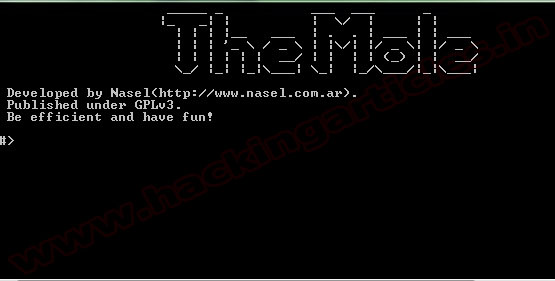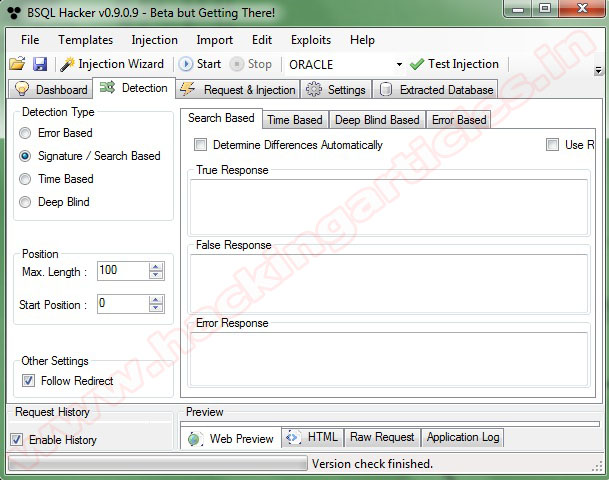 Lately I have found myself with a lot of free time on my hands. My mom always said “THE DEVIL FIND WORK FOR IDLE HANDS”, so i decided to use this time to refresh my programming skills mainly c++ and python. During this time someone asked me if i knew of any good irc bots, my answer was “not really” because they all get detected by antivirus software.
Lately I have found myself with a lot of free time on my hands. My mom always said “THE DEVIL FIND WORK FOR IDLE HANDS”, so i decided to use this time to refresh my programming skills mainly c++ and python. During this time someone asked me if i knew of any good irc bots, my answer was “not really” because they all get detected by antivirus software.
Thats when i got the idea to try and build a good irc bot which i did, I actually built three in three different languages. The one written in c++ got detected by most antivirus software (33 out of 40), the one written in c# doesn’t get detected if i remove the keylogger module which is still fairly good because it still as video recording, audio recording and screenshot capability. The one written in python is my “PICASO” it only got detected by one antivirus (kaspersky) and it wasn’t detected as a virus, it was detected for having a low reputation (WS.Reputation.1) which means it wasn’t well known as a legit software by the AV company. Kaspersky antivirus still allowed it to be installed So that really wasn’t a problem.

http://darksidegeeks.com/irc-bot-source…des-c-c-python/
The only negative thing about writing an irc bot in python is the file size. Due to the fact that python is not a compiled language like C++ or C, even if the source code is only a few kilobytes the finish product will be a few megabytes because the interpreter is packaged as a dependency with the exe file. This could also be a good thing since most people are very suspicious of very small files This also kills the need for a exe packer.
NB: if you want a compiled version of the python irc bot its only $ 20 but the source code is completely free.
To see the python irc bot in action please watch the video below.
[youtube]http://www.youtube.com/watch?v=KwoV_d56uj4[/youtube]
[youtube]http://www.youtube.com/watch?v=WOEa7RSA60s[/youtube]
source: http://darksidegeeks.com

















